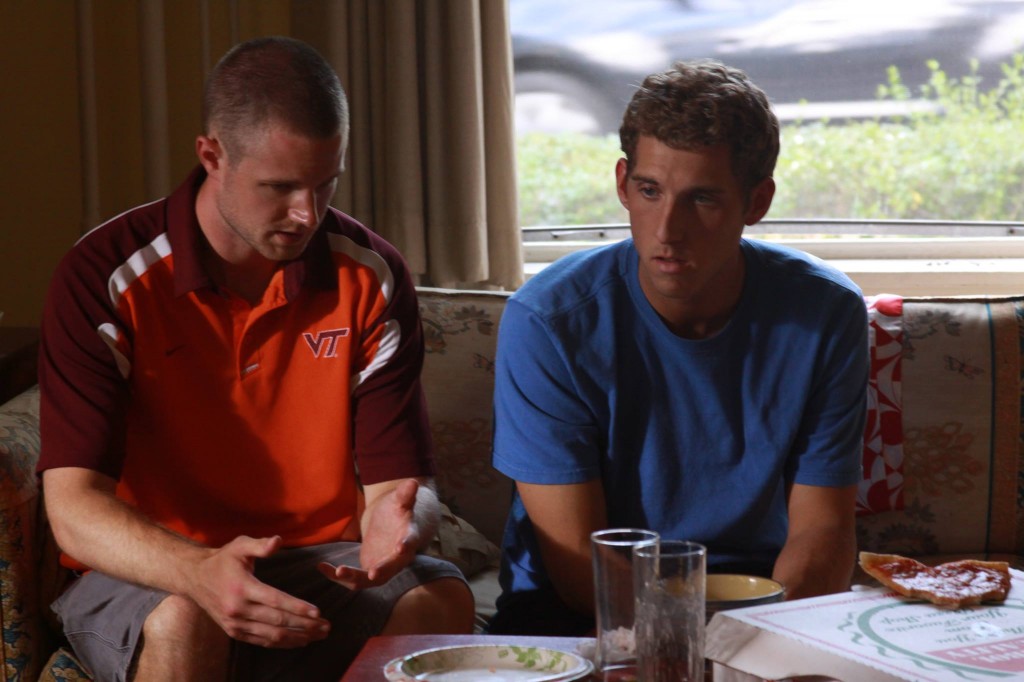How I Made a Feature Film Right Out of Film School (Guest Post)

I’m Jaymes Camery and I just wrapped production on my first feature film, Guys and Girls Can’t Be Friends. I graduated from California Institute of the Arts with an MFA in Film Directing in May 2013. I grew up in Virginia and have always had a special affinity for stories that take place in the South. […]
10 Ways in Which I Would Release Bomb It Today
Chris Horton asked me to write this post for the new Artist Services website that Sundance has set up. However, many filmmakers don’t have access to that site, and so I am posting it here on my blog for anyone to be able to read. Here is the post: In 2005 I started a documentary […]
Guest Post: Kim Garland on Scriptchat and Building a Twitter Community
If you want to build a community, start by being a community. Think about the project you’re hoping to launch and the team you can bring together to do it. In addition to screenwriting, the Treefort brings backgrounds in film production, book publishing, magazine-writing and franchise- and small-business ownership. It’s this diversity and team-like support that has probably had the biggest hand in our success.
Atlanta TOTBO Workshop with Sheri Candler!
I’m heading to Atlanta, GA to do a Think Outside the Box Office Workshop presented by the Atlanta Film Festival 365 and Push Push Theater November 12, 13th and 14th. Sheri Candler will be coming out to give presentations on personal branding, social media and crowdfunding! This will be the first TOTBO workshop in the […]
Guest Posts Start This Week
I am very happy to announce that this week I will start a guest posting program on this blog. We will hear from a variety of people that deal with audience connection and engagement of all types.
Social Media Backlash?
Here’s an article from ZD Net about customers getting overloaded with social media marketing. Food for thought. The author is Oliver Marks. There appears to be a fully fledged backlash against ’social media’ marketing emerging, with commentary in both areas you’d expect and in places you might not. This is tough on the people who […]